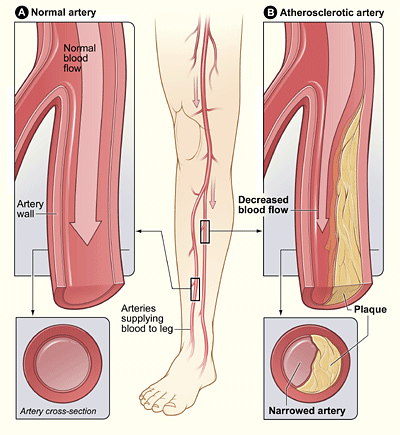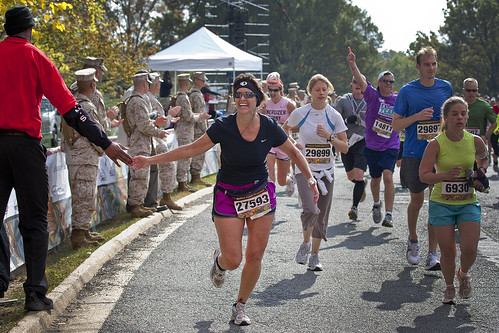As young adults, concern for developing healthy habits falls somewhere behind homework, extra curriculars and what your friends think. You're in the upper half of your formative years, but you are still adjusting daily to what the world expects of you. It can be a lot to carry at times. And when your metabolism begins slowing due to factors like genetics, body image comes into play. Body image, for teens and young adults, has always been a major source of stress, and with increasing access to media that projects what we are 'supposed to look like,' who can blame you taking it to heart.
The truth is, weight gain as young adults is an increasing trend that you should be concerned about. Studies have indicated a future of cardiovascular disease, various cancers, kidney stones, gout, hypertension and type 2 diabetes in those who consistently gain weight during teenage to early twenties development.
The most important step to take for your health, even if you area already overweight, is to stop and prevent weight gain. Weight stabilization alone will help keep complications later in life at bay.
Important Questions To Ask Yourself
 When approaching weight loss, there are a few important questions to ask yourself before deciding on a plan.
When approaching weight loss, there are a few important questions to ask yourself before deciding on a plan.
1. What are the main sources of stress in my life?
-Cotrisol is a hormone produced by the body in times of stress. What cortisol does is stimulate and promote fat storage, especially in the abdominal area.
-Figuring out what is stressing you out, and finding a way to reduce that stress, is a huge step towards shedding excess fat as a teen. Life may seem a little out of control sometimes, but make sure you take a moment to relax and collect yourself.
2. What are my friends doing?
-Social influence plays a big part in developing a healthy routine. If your friends don't take care of their bodies and what they put into them, you won't have much motivation to do so either. Fad diets and quick cleanses are actually diuretics or laxatives in disguise, meaning that they will shed water weight temporarily, then as your body reacts it will come back, often multiplied. The actuality of it is, the more water you drink, the more water weight you lose by flushing your system.
-If all your friends do is complain about how the look, tell them to do something about it. Then develop better habits collectively. You are more likely to succeed together than alone.
3. What have I been eating?
-If the answer is pizza dipped in ranch for lunch and microwave dinners every day, you may want to reconsider. Mass manufactured foods tend to have a lot of preservatives added to them. Preservatives make the food last longer and look better, but also take a toll on your body, especially if your goal is healthy weight loss. Keep salts and sugars to a minimum by eating fresher items so you know exactly what you're putting into you body.
-Cut out soda and replace it with water. With that alone, you will feel and see a difference.
-Snack. Fruit, unsalted nuts other proteins are all easy to carry with you, and great to snack on throughout the day. Don't starve yourself, your brain and body need fuel. Snack so you'll be able to have smaller portions at meal times. Food and calories aren't bad, it's the type of food adding the calories that should be your concern.
A Healthy Diet is Not Enough
However, a healthy diet is the base of a healthy lifestyle. You have to start moving to complete the picture, and get the results you want. Just walking an extra 10 minutes a few times a day will make a huge difference. They key is not to focus on one or two parts of your body that you don't like, it's to go for whole body improvement. Once you're in that mindset, the parts you want to fix will improve more permanently.
Here are a few things to think about along the way:
What is Healthy? As much as we are bombarded with the image of boney women with pre-teen bodies, and men bursting with steroid muscle, in reality, not many people actually find those traits attractive. As the Cross Fit motto would say, "Strong is the New Skinny." The preference towards a healthy, well taken care of body is only increasing. Lean muscle is mass, but it's an appealing one.
Attitude is Everything. If you feel good, you look good to yourself and others. The more dedicated you are to growing as a person into a healthy adult, the more successful you are going to be. Depression has been singled out as a prominent cause of weight gain. Fight that by moving, even when you don't want to. Exercise releases chemicals that improve mood. Getting discouraged and giving up just can't be options for you anymore.
Don't Let Stress Keep You From Living Your Life. The point of changing habits isn't to give you anxiety over what you're eating or if you are seeing any difference. Having pizza with your friends isn't forbidden. It's how much you consume and how often that you control. Give yourself a break and be human. Be positive about taking care of yourself, and know that worrying too much about it is a step backwards.



 Diabetes also increases the likelihood of Peripheral Arterial Disease (PAD), which occurs when blood vessels in the legs are narrowed or blocked by fatty deposits, decreasing blood flow to the legs and feet. This condition puts a diabetic at even a higher risk of heart attack and stroke.
Diabetes also increases the likelihood of Peripheral Arterial Disease (PAD), which occurs when blood vessels in the legs are narrowed or blocked by fatty deposits, decreasing blood flow to the legs and feet. This condition puts a diabetic at even a higher risk of heart attack and stroke.




 [/caption]
[/caption]
 e a
e a